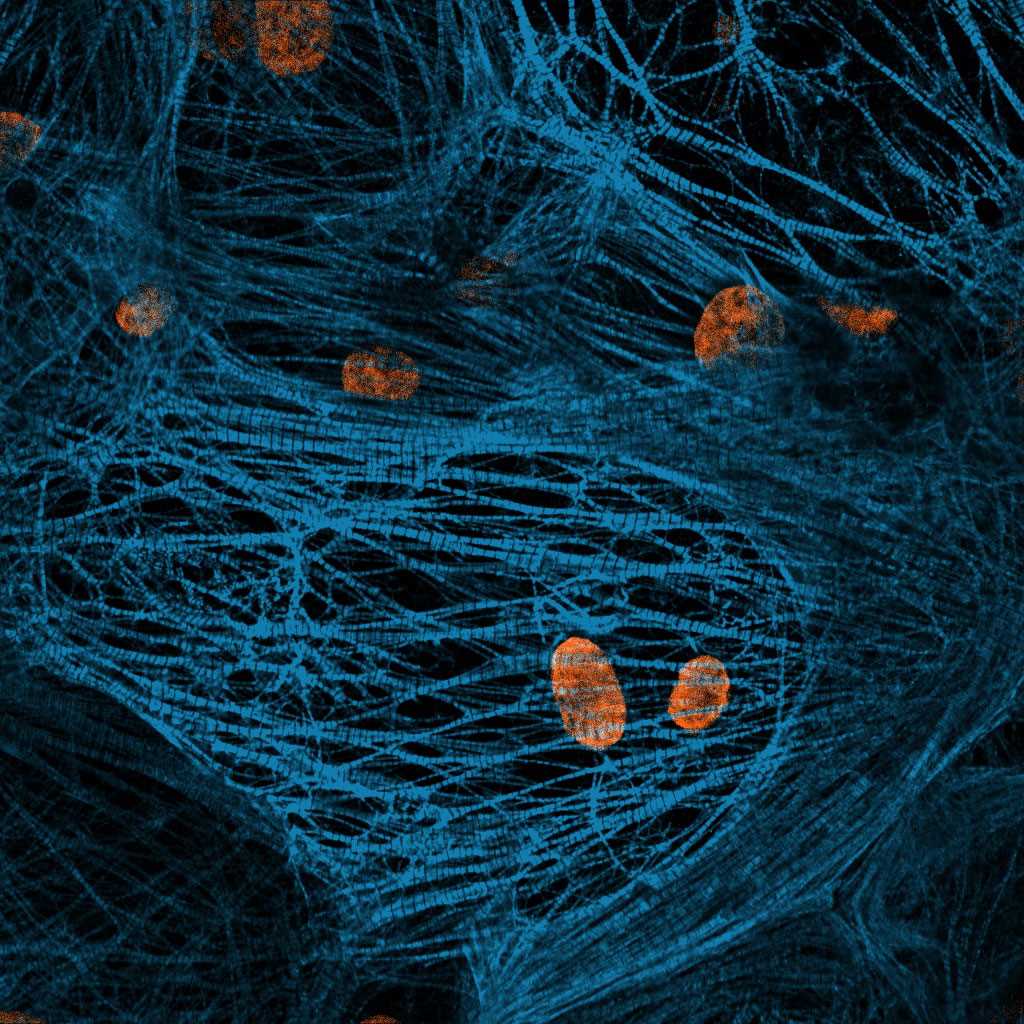
Our scientific teams understand the importance of developing a strong preclinical candidate. Decades of experience in the big-pharma industry in combination with cutting-edge technologies enable us to optimise your lead molecule in preparation for preclinical development. This is achieved by close collaboration between our medicinal chemists, computational compound designers, discovery pharmacologists (in vitro, ex vivo, in vivo studies) and DMPK experts (DMPK property optimisation).
Your drug development campaign will benefit from our strong drug-hunting attitude in the lead-to-candidate process. Our state-of-the-art methodologies (e.g. photochemistry, electrochemistry and final-stage diversification) facilitate quick synthesis of your target compounds. As our client, you benefit from fast, automated and customised purification of drug candidates and intermediates. As a result, you receive a multi-dimensional lead optimisation program with short cycle times. Routinely, we measure and interpret crucial physicochemical parameters for your lead compounds. Most importantly, our lead optimisation process is an interdisciplinary team effort, supported by insights from our rich life science database and our digital life science team, with minimal effort on your part.
During lead optimisation, the goal is to guide a focused and fast optimisation of lead structures toward a viable preclinical candidate. A tailor-made screening tree is a critical step for identifying and potentially overcoming ADME liabilities as quickly as possible.
Initially, state-of-the-art in vitro ADME assays are performed, which means the characterisation of metabolic stability (liver microsomes and hepatocytes), permeability (Caco-2 assay), plasma protein binding (different species), CYP profile (inhibition and induction), metabolite identification and phenotyping of drug metabolising enzymes (CYPs, UGTs and non-CYPs). Some of our assays can be performed as high-throughput and can be tailored to your needs.
These thorough investigations facilitate and complement the identification of suitable compounds for in vivo pharmacodynamic and pharmacokinetic (PK) studies. Depending on your compound profile and needs, in vivo study designs are optimised by our DMPK experts. Each of our different study designs (e.g. regarding a variety of available administration routes, different sampling technologies or mono/cassette dosing) is performed using state-of-the-art methodologies. Our work is conducted following high standards for animal welfare that align with the 3R concept and AAALAC accreditation. Furthermore, tailor-made studies for specific ADME questions can be provided, such as tissue distribution or elimination studies (including renal and hepatic drug clearance). Finally, we offer expertise in testing different formulations to identify the best formulation for other in vivo studies.
We can help you to de-risk your project through gathering detailed insights into the mode-of-action of your candidate molecules by helping ensure on-target activity - from validation of drug–target interaction to efficacy assessments. We identify target engagement and pharmacodynamic biomarkers based on well-defined studies of the target biology using literature searches as well as bioinformatic analyses. Using in silico tools, big data mining, database screening, extraction and assembly, we identify pathway – disease relations and entity recognitions and we scrutinise your target and its signalling pathways. In addition, we help you identify pathomechanisms that offer therapeutic rationales with optimum fit to your compound.
Dedicated to the optimisation of your lead series, we offer support in assessing their efficacy through in vivo models with respect to potency, selectivity and PK properties. Nuvisan offers a large panel of disease models across multiple indications. Using AP-MALDI HRMS, we can help you understand the distribution and regional concentrations of your candidate drugs in any type of tissue section.
Our lead-to-candidate solutions cover: